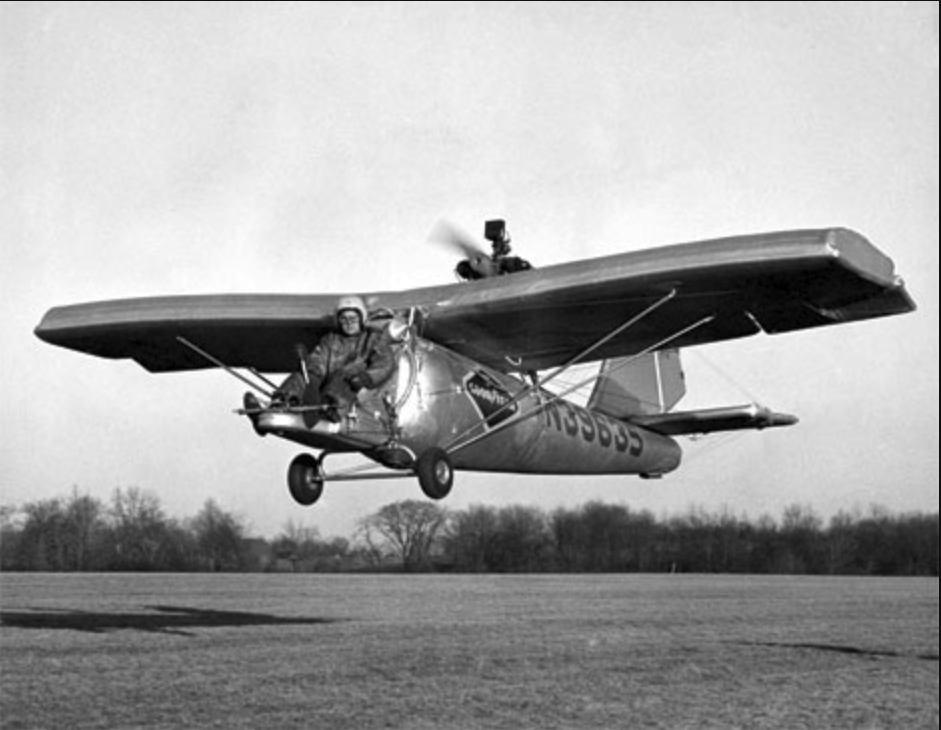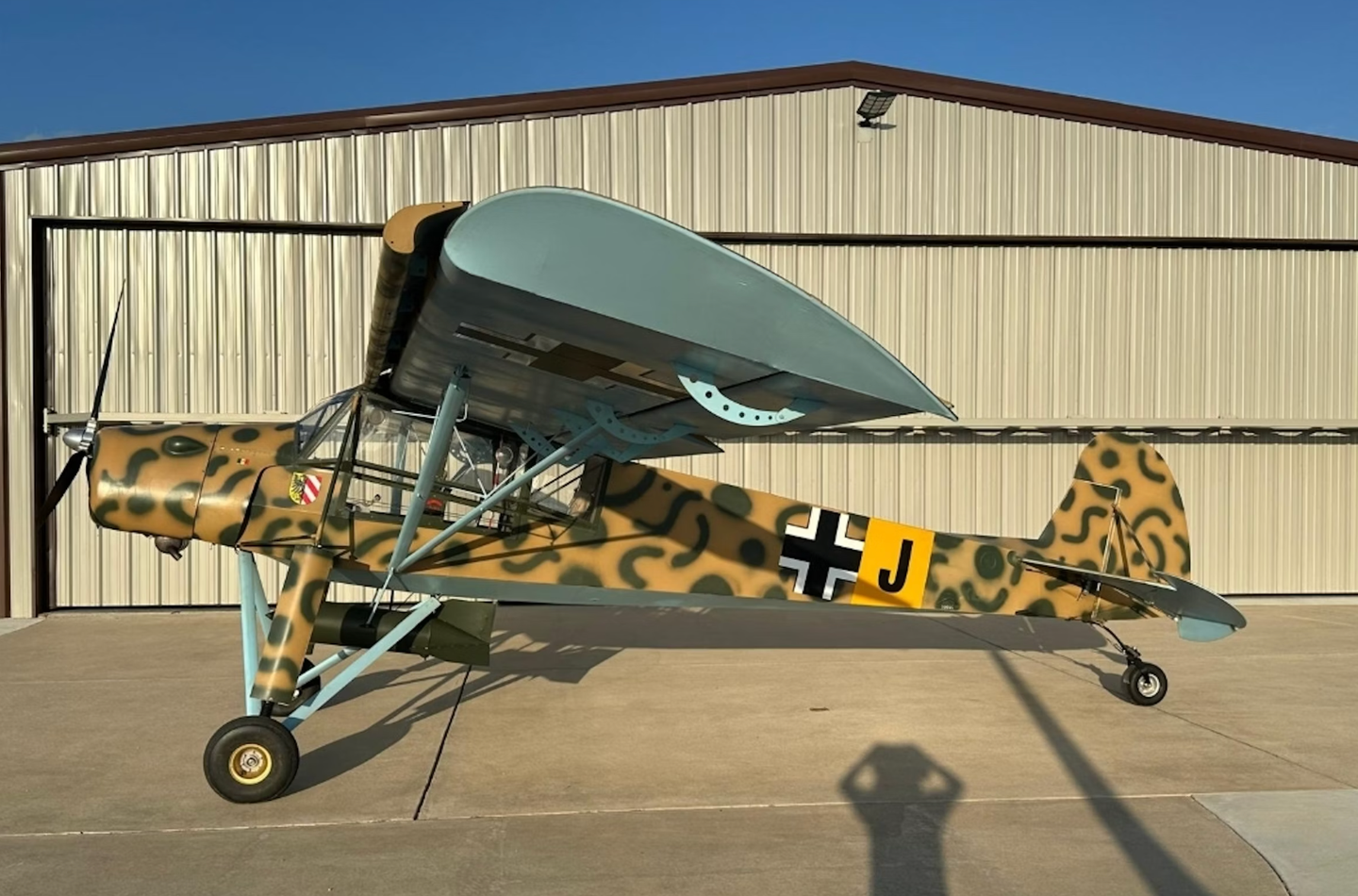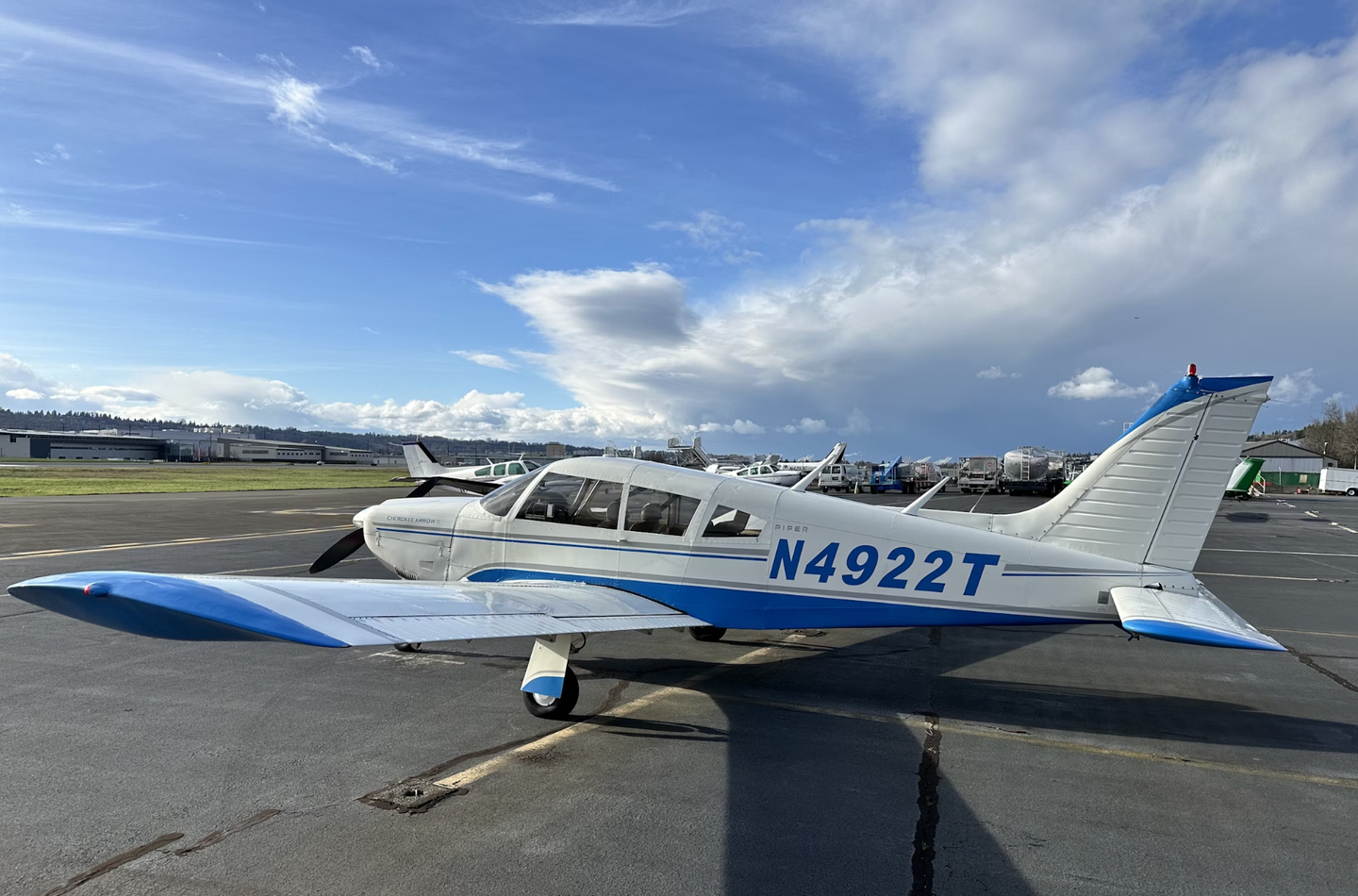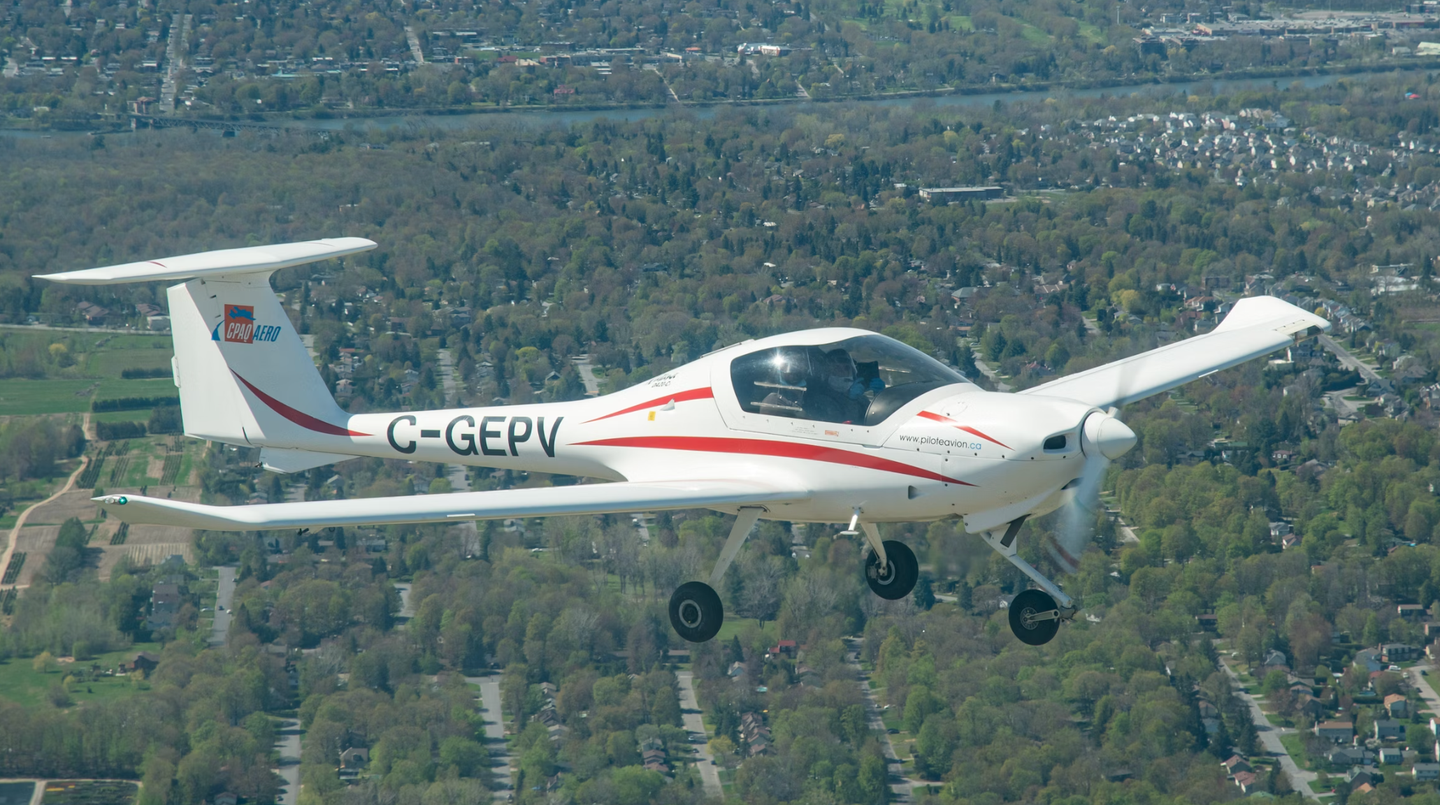
The Goodyear Inflatoplane. Designed as a lightweight, portable solution for personal extraction situations, the concept lost out to helicopters, though not because it wasn’t promising.
In the 1950s, the U.S. Army contracted Goodyear to design an inflatable small aircraft for surveillance, aerial reconnaissance and do-it-yourself rescues. The rescue scenario involved airdropping a deflated (containerized) plane to stranded pilots so they could pump it up and fly themselves out.
The idea of an inflatable plane wasn't entirely new. Taylor McDaniel patented his inflatable glider in 1931 to prevent crash fatalities. Confident of his design, McDaniel had his test pilot, Joe Bergling, intentionally crash the glider during a demonstration flight for the press. To the stunned amazement of the crowd, Bergling walked away unharmed with a celebratory wave of his arms. The Russians and the British also explored, and then ditched, inflatable aircraft prototypes. While novel, these designs were too wobbly and structurally unstable in flight.
To meet the challenges of structural strength and shape integrity, Goodyear developed AIRMAT, a material that exhibited both characteristics when inflated but would compactly deflate.
Using this new material, a prototype, designated GA-33, was designed and built in just 12 days.
The deflated Inflatoplane easily fit in the back of a Jeep and weighed about 250 pounds. After the Inflatoplane was airdropped to the pilot, they would hand-pump the aircraft halfway (for about 10 minutes), then run the aircraft's 40 hp Nelson H-59 engine attached to the top of the wing to inflate it the rest of the way. The engine drove a small propeller but also kept the aircraft inflated (and therefore structurally stable) throughout the flight. Only 8 psi was required for optimum inflation!
Upon flying the GA-33 for the first time in 1957, Goodyear test pilot Richard Ulm remarked that the aircraft provided a "cushy ride" and noted that its unique construction dampened out the bumps while taxiing the aircraft. He also reported that the plane handled well, similar to a glider. Takeoff distance was a mere 250 feet, with 575 feet total required to clear a 50-foot obstacle. Landing rollout distance was approximately 350 feet. Service ceiling was 6,500 feet, and the aircraft range was 275 miles at an average cruise speed of 50 miles per hour.
The Office of Naval Research contracted Goodyear to continue the project, and over the ensuing 15 years, the company created upgraded versions of the aircraft, enclosing the cockpit and improving the range, loiter time and cruise speed. NASA became interested in Goodyear's innovative AIRMAT material in the 1960s, exploring its use instead of rigid materials for spacecraft reentry shields and human habitats.
In the early 1970s, the U.S. military discontinued Inflatoplane research, as the helicopter became the obvious and premier vehicle for aircrew rescues. NASA shelved AIRMAT research at the end of the 1960s but matured the technology to design lightweight inflatable re-entry shields and inflatable wings deployed with a nitrogen charge to transition orbiters into aircraft as they enter the thin air of planets like Mars.
At the end of the Inflatoplane program, 12 aircraft were built. Goodyear donated one to the Smithsonian and another to the Franklin Institute in Philadelphia. The prototype GA-33 was donated to the now-defunct Ohio History Of Flight Museum.

Subscribe to Our Newsletter
Get the latest Plane & Pilot Magazine stories delivered directly to your inbox






